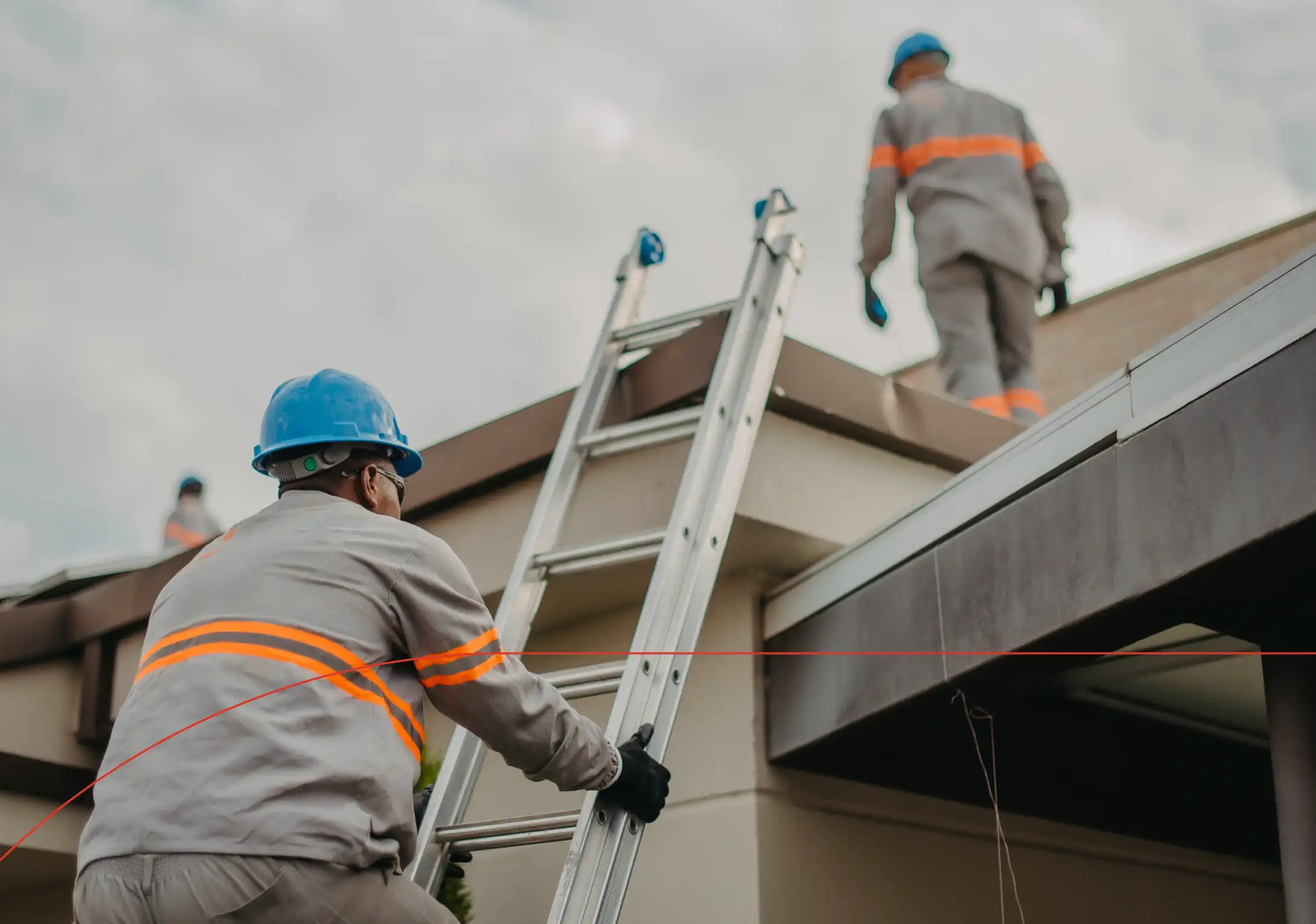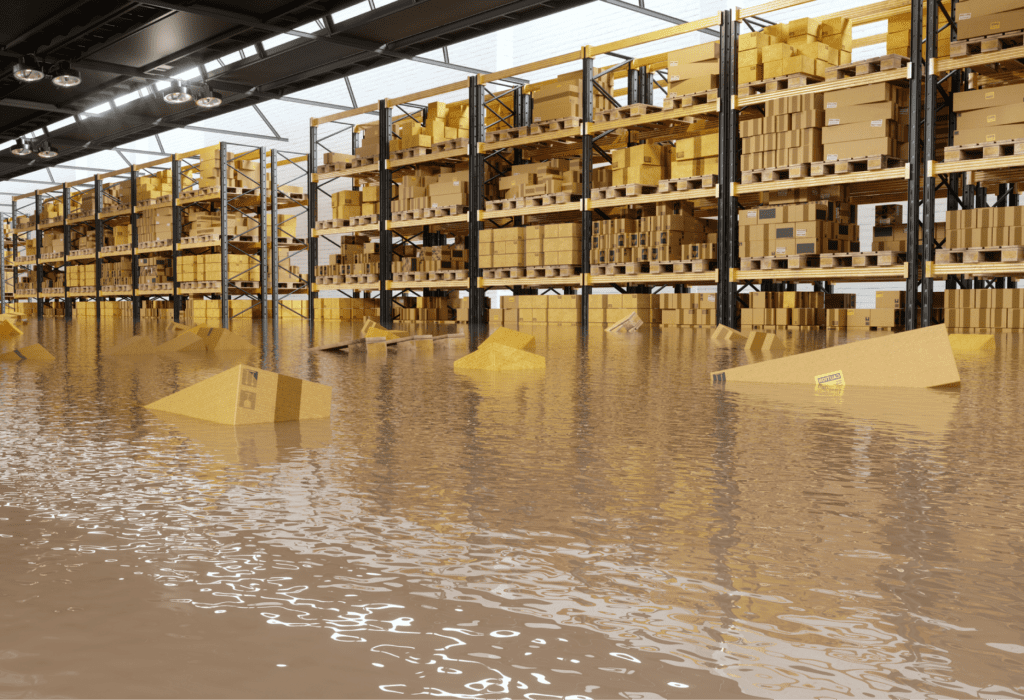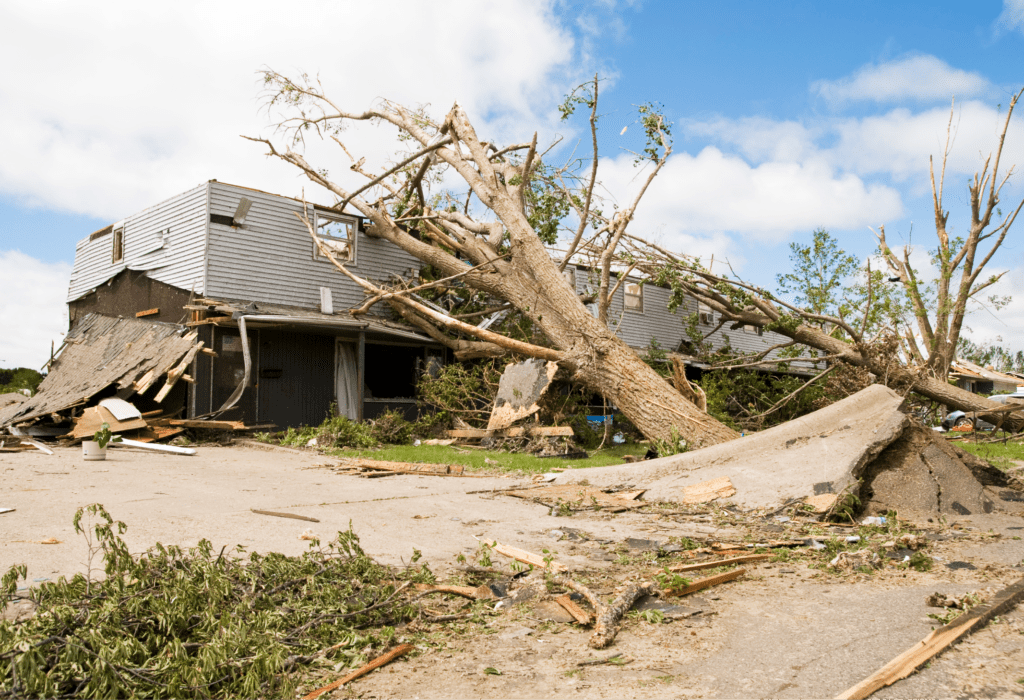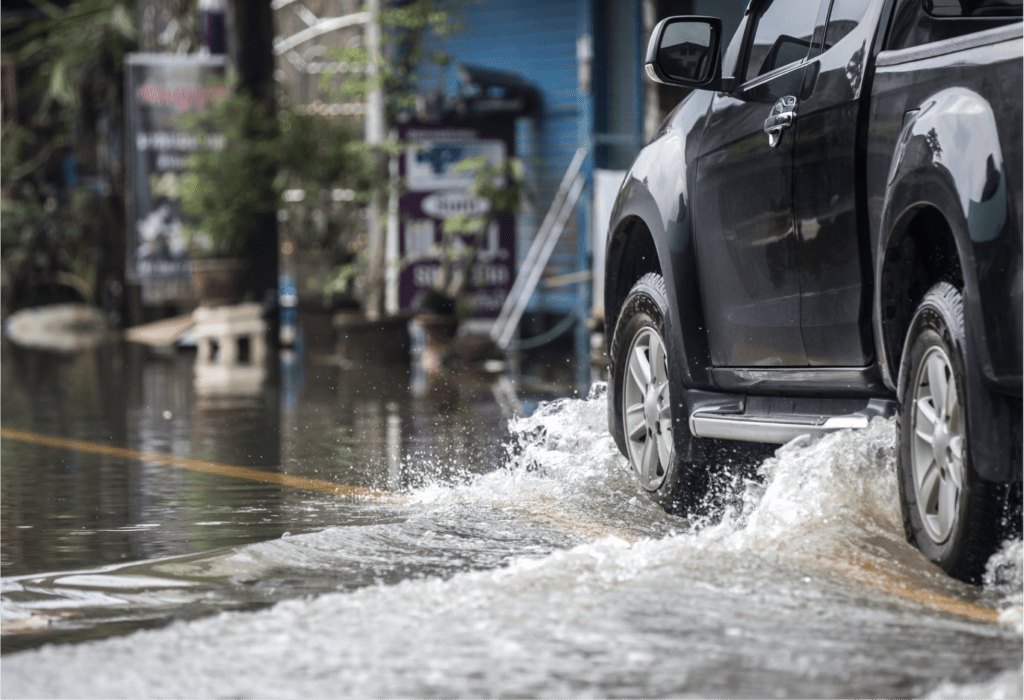How to Shield Your Business from Nature’s Fury

How to Shield Your Business from Nature’s Fury
“In 2023, there were 28 confirmed weather/climate disaster events with losses exceeding $1 billion each to affect [the] United States.” –NCEI
Nature’s wrath—be it a tornado, hail or flood—can devastate a business overnight. The looming question is: how prepared is your commercial property against these unpredictable forces?
A critical component of this preparedness is insurance. It’s not just about protecting against property damage from weather-related events; it also extends to other services, protecting against operational disruptions, loss of revenue and potential threats to a business’s survival.

How natural disasters are changing the insurance landscape
Not too long ago, companies had loads of choices for a weather-related insurance policy. However, due to the frequency and severity of these disasters, the number of carriers willing to underwrite such risks has significantly decreased. This shrinkage in the market presents a big challenge for businesses looking to get comprehensive coverage.
Insurance deductibles have also undergone some changes over the years. Traditionally, they were flat dollar-based deductibles, but now, with insurers becoming more cautious, they have evolved into percentage-based deductibles.
Here’s how they work:
- Percentage of insured value: The deductible is set as a percentage of the total insured value of the property. For example, if a commercial building is insured for $1 million and has a 2% deductible, the deductible amount would be $20,000.
- Percentage of loss: In some cases, the deductible could be a percentage of the loss amount. This is less common but can be used in certain types of policies.
- Impact on claims: With a percentage-based deductible, the amount the policyholder must pay out of pocket before the insurance coverage kicks in can vary significantly depending on the property’s value or the size of the loss.
- Use in high-risk areas: Policies covering properties in regions with recurring catastrophic events will more often use percentage-based deductibles.

Understanding the real cost of a claim
Insurance policies are typically underwritten to replacement cost vs the market value. But knowing the difference is important so the fine print of your policy doesn’t catch you off guard.
➤ Replacement cost is rebuilding or replacing your property with similar materials without accounting for depreciation. This ensures a business can restore its property to its original state after a loss.
➤ Market value, on the other hand, is the property’s potential selling price on the open market. This value fluctuates based on the local real estate market, property location and economic conditions. In most cases, the market value does not accurately represent the rebuilding cost of damaged property, especially for older buildings that may have depreciated in market value but would cost significantly more to reconstruct to current standards.
When a claim is made, the insurer’s valuation often focuses on the building’s worth, not just the loss incurred. This approach can lead to disparities in coverage and the need for businesses to seek additional policies to fully protect their assets.
Insurance carriers consider several factors when determining the replacement cost, including the condition and age of your property. Older buildings or outdated infrastructure may face higher premiums, as they are deemed to be at greater risk of damage. Before offering coverage, carriers could require substantial property updates, including modern roofing materials, and updated mechanical and code-compliant electrical and plumbing systems.
In addition to these structural considerations, carriers also look at a business’s preventive measures. Installing sprinkler systems, fire alarms, burglar alarms, surveillance cameras and environmental monitoring devices like moisture and temperature sensors can impact premium calculations. These systems reduce the likelihood of extensive damage and demonstrate a proactive approach to risk management, which carriers view favorably.

Building a resilient business against natural disasters
“Hope for the best, prepare for the worst.” It’s an old saying that holds true, especially when it comes to keeping your business operational in the aftermath of a natural disaster—calling for a solid contingency plan. This plan should encompass not only the physical aspects of your business, such as facilities and equipment, but also critical business functions like customer service and data recovery.
Consider these strategies to protect against the unpredictability of nature:
- In-depth risk assessment: begin with an analysis of potential weather-related threats. Consider the full range of disasters, from floods and hail to wildfires and earthquakes. Assess how each could impact every facet of your business. This step is about understanding the ‘what ifs.’
- Robust infrastructure protection: think about the immediate steps to minimize damage in a disaster. This includes weather-proofing facilities, securing critical equipment and ensuring you have reliable backup power sources.
- Operational continuity planning: Your operations should not grind to a halt. Develop robust contingency plans for essential business functions. This might involve setting up remote work systems, cloud-based data storage and digital customer service platforms. Ensure these systems are tested, and employees are trained to switch to these alternatives smoothly.
- Effective communication systems: Establish crystal-clear communication protocols. This involves internal communication within your team and external communication with customers, suppliers and local authorities. In a crisis, misinformation can be as damaging as the disaster itself. Develop a communication plan that is straightforward and reliable.
- Regular drills and updates: Treat your contingency plan as a living document. Regularly conduct drills to test the effectiveness of your plan and train your employees. Update the plan to reflect new risks, technological advancements and shifts in your business strategy. This ensures that your plan is not just a piece of paper but an actionable, evolving strategy.
- Insurance and financial preparedness: Review your insurance policies with your broker to ensure they cover the weather-related damages your business might encounter. Additionally, maintain an emergency fund or a line of credit to address immediate post-disaster needs without crippling your cash flow.
- Community and expert collaboration: Engage with local authorities, community leaders and disaster response experts. Collaborations can provide valuable insights into local weather patterns and disaster preparedness strategies. Plus, being part of a community response plan can provide additional support and resources.
To be ready for unexpected disasters and keep your business running smoothly, consider leveraging proactive planning offered by the Crane Risk Management Department. This approach can help you navigate the above challenges and maintain uninterrupted business continuity.
Broadening your protection beyond basic property damage coverage
Standard commercial coverage is necessary, but savvy businesses look further to shield themselves from weather-related incidents. Most carriers specifically exclude coverage for many disasters, such as earthquakes and floods. These coverages can sometimes be added via endorsement, but a standalone policy is often necessary to ensure comprehensive protection. It’s easy to overlook additional insurance options and think they aren’t needed, but they can make a significant difference in times of crisis. Let’s explore these extra layers of security that can be real game-changers when it comes to safeguarding your business.
Business interruption coverage
Top of the list for extra coverage is business interruption insurance, commonly referred to as business income. It’s a lifesaver when your business gets hit by a storm, fire or any other catastrophe that shuts down your operations. It can provide enough coverage for day-to-day expenses even when your doors are closed. It’s crucial for your business continuity, but the terms and conditions may differ from one policy to another, so make sure you understand your coverage well.
Wind and hail buyback
In recent years, many businesses in regions frequently hit by wind or hail storms have considered adding a wind/hail buyback option. This option enables companies to reduce out-of-pocket expenses by “buying back” a lower deductible by paying a slightly higher premium. Contact your insurance broker to learn more about this option and understand how it differs from all other perils (AOP) deductibles.
Ordinance and law coverage
When a building is damaged, ordinance and law coverage is designed to cover the additional costs associated with rebuilding or repairing a structure in compliance with current building codes and ordinances. It typically includes three main aspects: covering the loss to the undamaged portion of the building, paying for demolition costs if the undamaged part must be demolished and covering the increased construction costs. This coverage helps businesses to rebuild without incurring the entire financial burden of compliance costs.
Sewer water and backup coverage
While focusing on weather-related disasters, recognizing other potential threats, such as water backup issues, is important. Although they’re not caused by weather directly, they can be made worse by events like heavy rain. Many people think flood protection is the same for internal water backup, but that’s not true. These are two different things. Floods involve water coming in from outside the building, while water backup comes from inside the structure.
Many standard insurance policies don’t automatically cover the damage caused by internal water issues, such as a burst pipe, potentially exposing businesses to unexpected financial burdens. Opting for specific water backup coverage ensures additional security, safeguarding your operations and financial stability against these frequently underestimated yet highly disruptive occurrences. Always consult with your insurance broker to understand the coverage limits and deductibles, as they may vary and be subject to certain restrictions that differ from those of standard policies.
Final words of wisdom
Navigating the complexities of insuring against weather-related or catastrophic events can feel overwhelming. But as a business owner, protecting the physical assets of your business and understanding the importance of comprehensive commercial property insurance and additional coverage could save your business from financial ruin.
Remember, partnering with a trusted insurance broker, like Crane Agency, can help alleviate these risks, allowing you to lead your business fearlessly.

